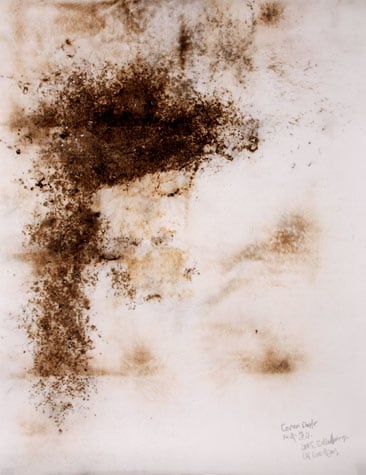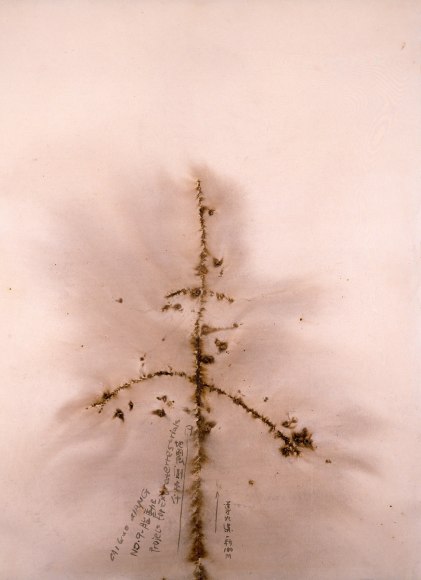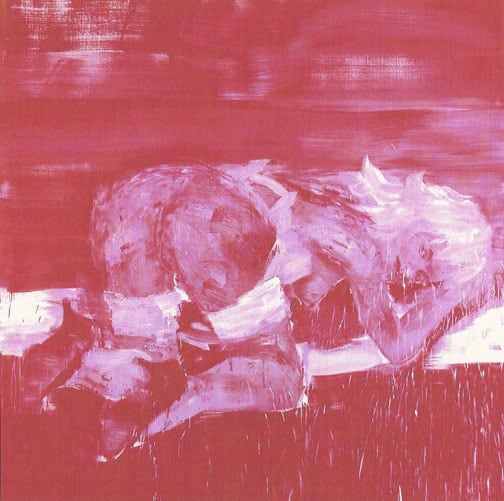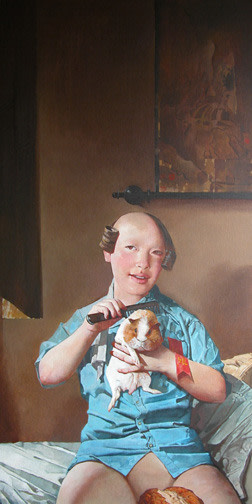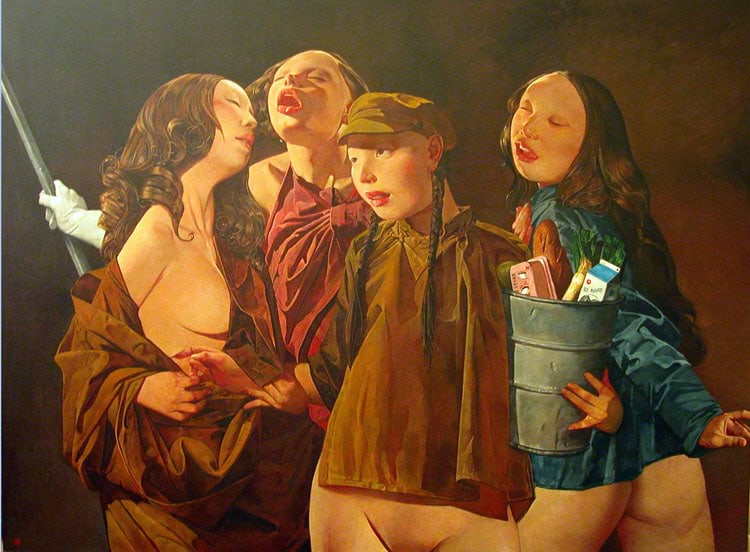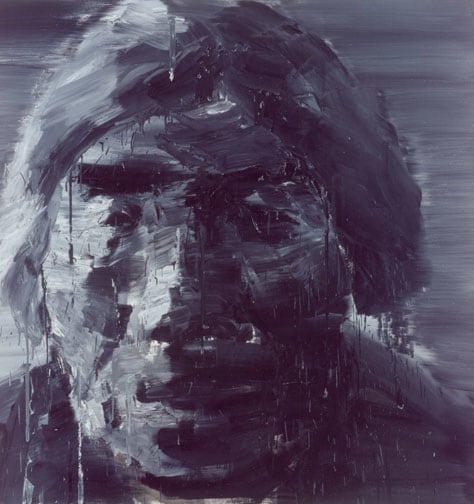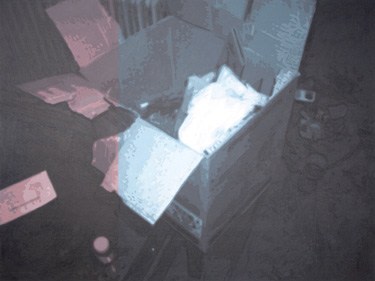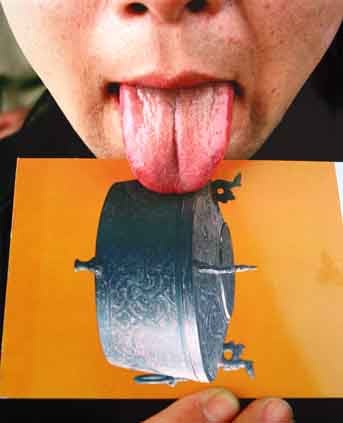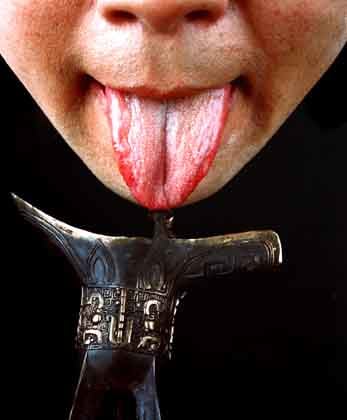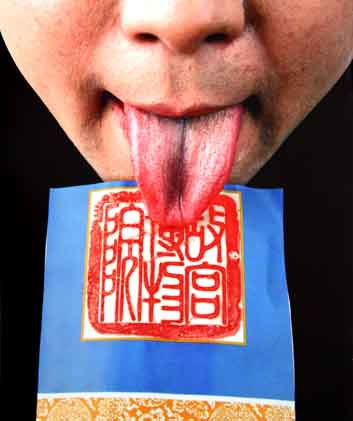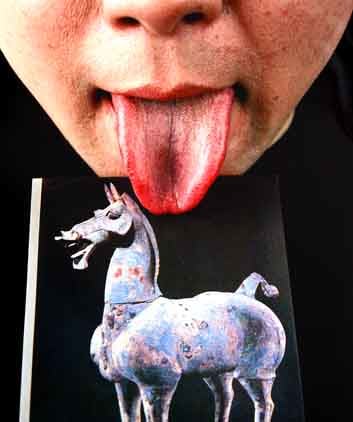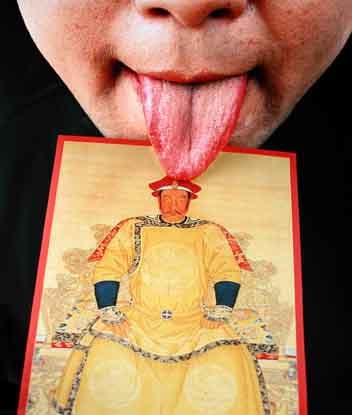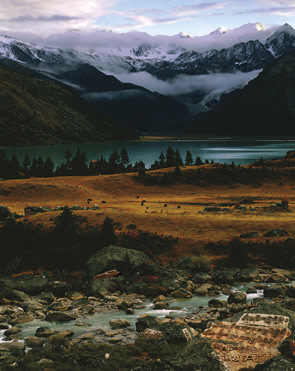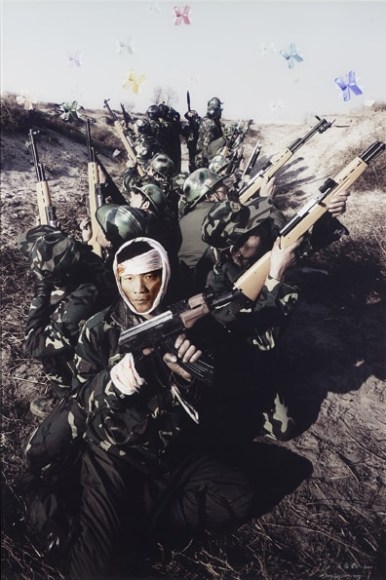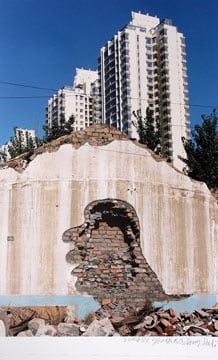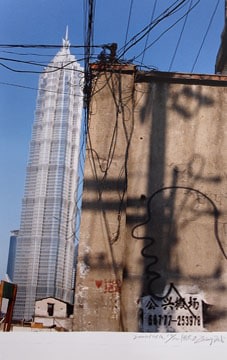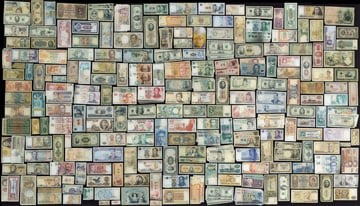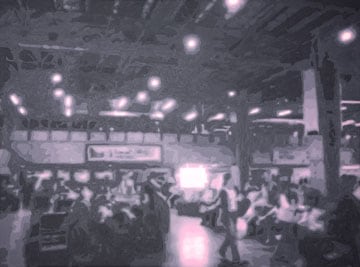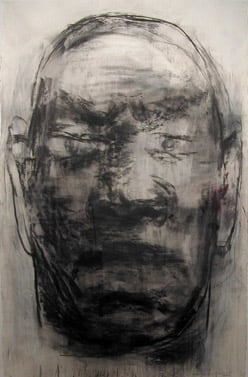Stux Gallery is pleased to present Chinese Relativity, a selection of Contemporary Chinese
painting and photography. Focusing, primarily, on the identity of the individual in relation to
the socio-political situation from which it occurred, this exhibition is to serve as a cross
section, rather than an absolute statement, of Contemporary Chinese painting and
photography today. Stemming, in part, from increasing cultural globalization, large
exhibitions such as the Taipei, Gwangju and Shanghai biennials have introduced
Contemporary Chinese art and artists to the global stage. This increased interest can be
traced, overtime, alongside political upheaval starting with the death of Mao Tse-tung in
1978 and the end of the Cultural Revolution (1966-1976).
The 1990’s saw China’s shift toward an open market economy and the emergence of Political
Pop as a popular trend among painters in China. This began with the general appropriation
of Western Pop with American icons replaced with elements from earlier Chinese
propaganda posters (commonly seen during the Cultural Revolution). With time, these icons
were replaced with symbols from everyday life (Hong Hao, Yan Lei, Yan Pei Ming) and
Chinese history and tended to feature cheerful colors and an irreverent attitude. This Pop
style was followed by, among others, Neo-Reality and Neo-Figuration (Yang Shaobin),
where emphasis was placed on everyday life, new political boldness and explicit personal and
social awareness.
Spurred further by the Tiananmen Square massacre in 1989, artists began to search out
alternative environments in which to make their art under a less stifling regime (Cai Guo-
Qiang, Wei Dong). With an increase in migration of artists from Mainland China to the West
and back, opportunity arose for a great crossover and exchange of ideas. It is during this
period that we see the growth of experimental media originally banned in China, such as
performance and installation art, and a surge in the use of photography (Zhang Dali, Wang
Qingsong, Cang Xin) to document a more open and radical form of contemporary Chinese
art.
Severe political turmoil is bound to have a powerful relative effect on not only practicing
artists, but on the uncharted urban landscape that they inhabit. This landscape included the
mid-twentieth century art schools and academies of the People’s Republic of China, heavily
ensconced in technical schooling and laden with a hefty dose of realism. Such schooling
geared artists of the time to focus on Soviet socialist realism -- “art for the people” -- in an
attempt to build support for the presiding political forces. The imprint left by this academic
system on the artists of the 1980’s and 1990’s would be a significant one felt in the works of
Chinese artists for many years to come

